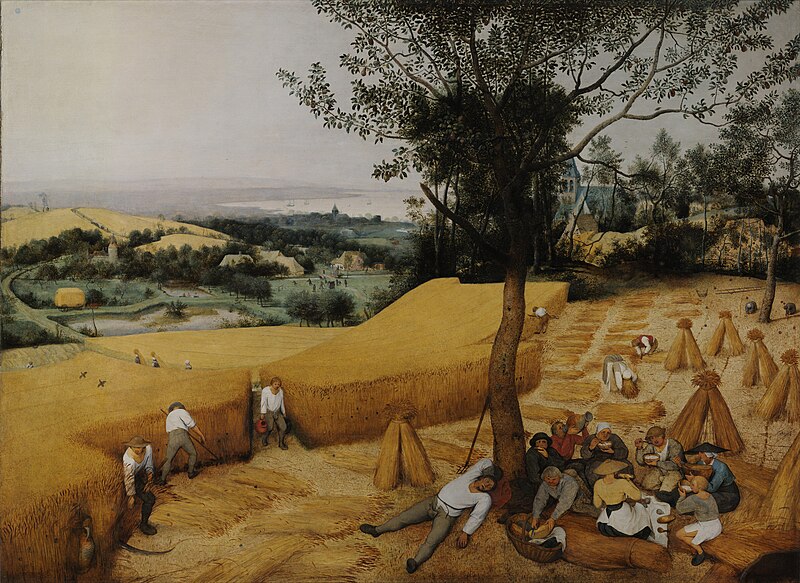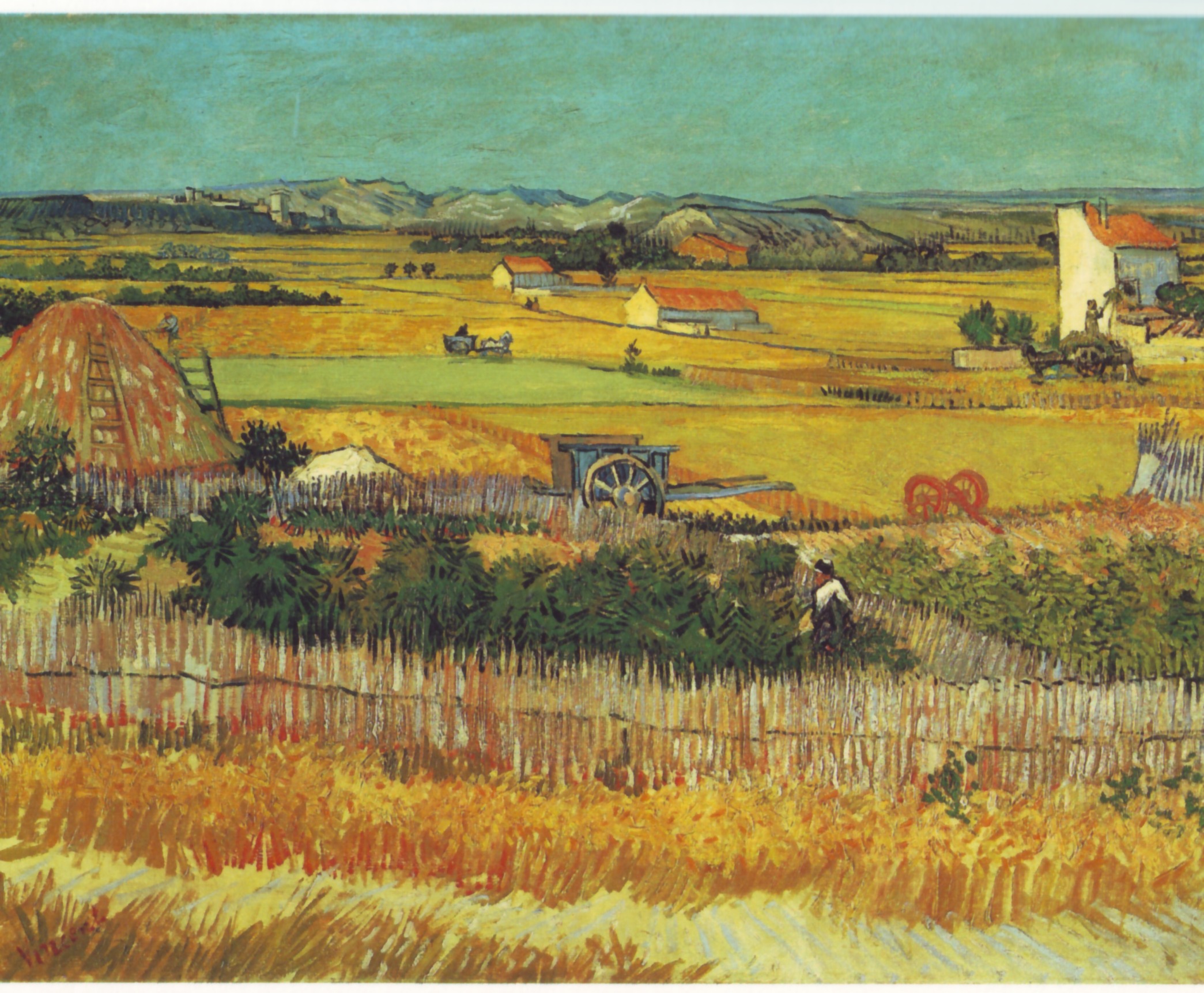 |
| This is your world without art. |
My little corner of the world was rocked yesterday by a report that a staggering number of young New Yorkers are deficient in math and languages, according to new state tests. The district in which we live—which was once among the very top schools nationwide—achieved a piddling 59.8% language and a 52.7% math proficiency rating. (That is still far higher than our state and county averages.)
We moved to this district for its reputation for iconoclasm and excellence. As administrators chase the brass ring of higher test scores, our district lags. I’m almost resigned to that. What really irks me was this paragraph I read in Valerie Strauss’ excellent essayin the Washington Post:
The rationale here is muddled at best, but the detriments are obvious. For instance, young students in New York State who are developing as they should will be placed in remedial services, forgoing enrichment in the arts because they are a “2” and thus below the new proficiency level.
In other words, these ‘deficient’ students must devote all their free time to raising their math and language test scores, leaving no time for such luxuries as art or music. Our kids already receive minimal arts education. Schools operate as if the only legitimate form of education is intellectual gavage. This is despite the fact that there’s absolutely no proof that this force-feeding does anything to improve test scores or, more importantly, create educated, aware, productive citizens.
Art is a luxury only if civilization is a luxury. We are fools to believe we humans don’t live primarily in the emotional and physical realms. (Maslow’s Heirarchy of Needs is a curiously intellectual way of expressing this truth.) Ignore the physical and emotional needs of children, and watch just how much they don’t learn.
This is all depressingly familiar. Rochester’s School of the Arts (SOTA) has been a fantastically successful school in an otherwise moribund district. Its graduation rate was comparable to the best suburban districts at a time when the district as a whole could graduate fewer than half its students. Yet when the district needed to cut costs, it started with SOTA.
American visual arts and music have turned into one long booty call. That is not the fault of the arts themselves; it is the fault of a civilization that declines to teach art.
We can’t afford art? The as-yet blank check for implementing Common Core standards is estimated at anywhere from $1 billion to $16 billion nationwide.
Scads of money are being made on Common Core—including by the textbook publisher Pearson, which is being paid by the Gates Foundation to create materials which they will then sell at a profit to schools nationwide. On top of that, there will be fat consultancy fees paid by districts to learn the system, and a panic of tutors relentlessly drilling students found to be deficient.
Schoolchildren may no longer have time to draw and paint, but we do. Join me in October, 2013 at Lakewatch Manor—which is selling out fast—or let me know if you’re interested in painting with me in 2014. Click here for more information on my Maine workshops!







